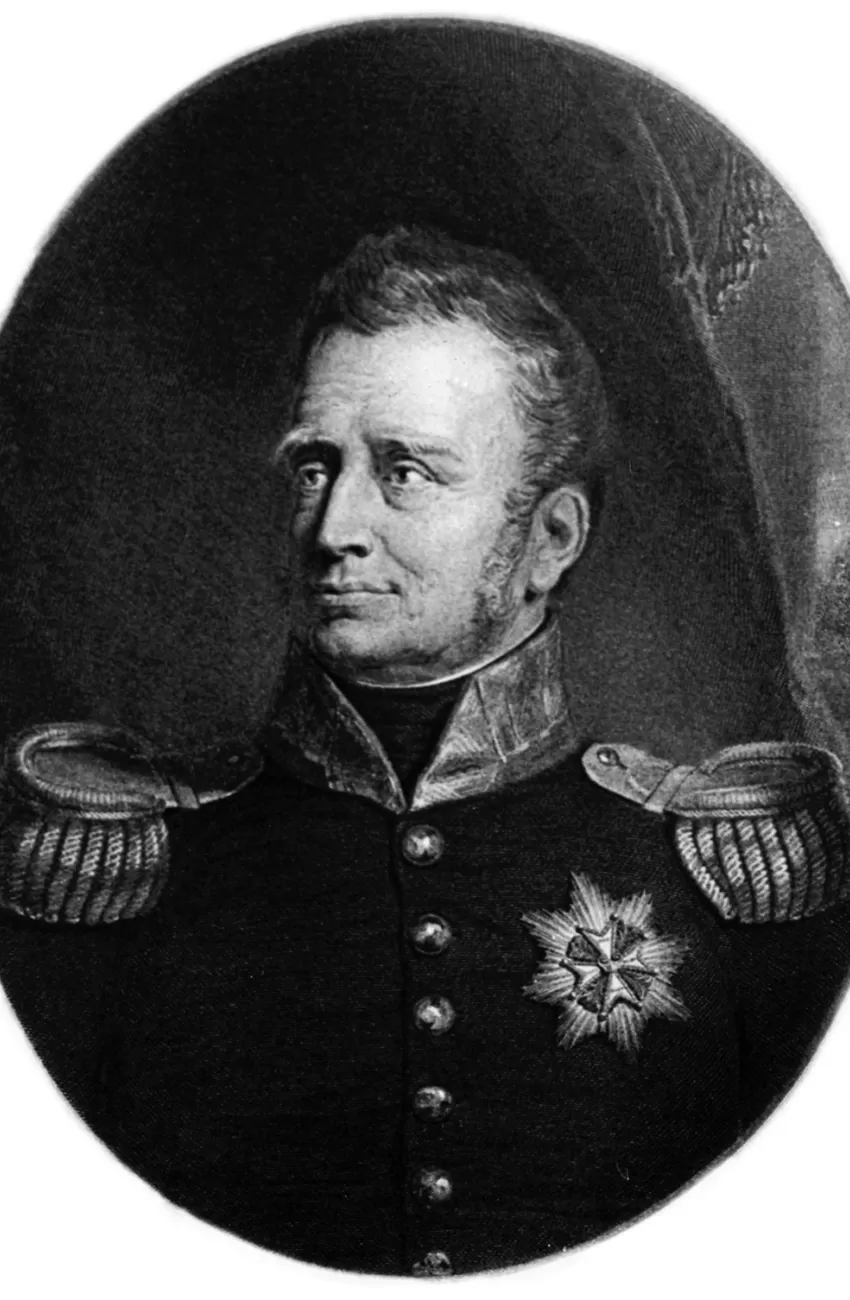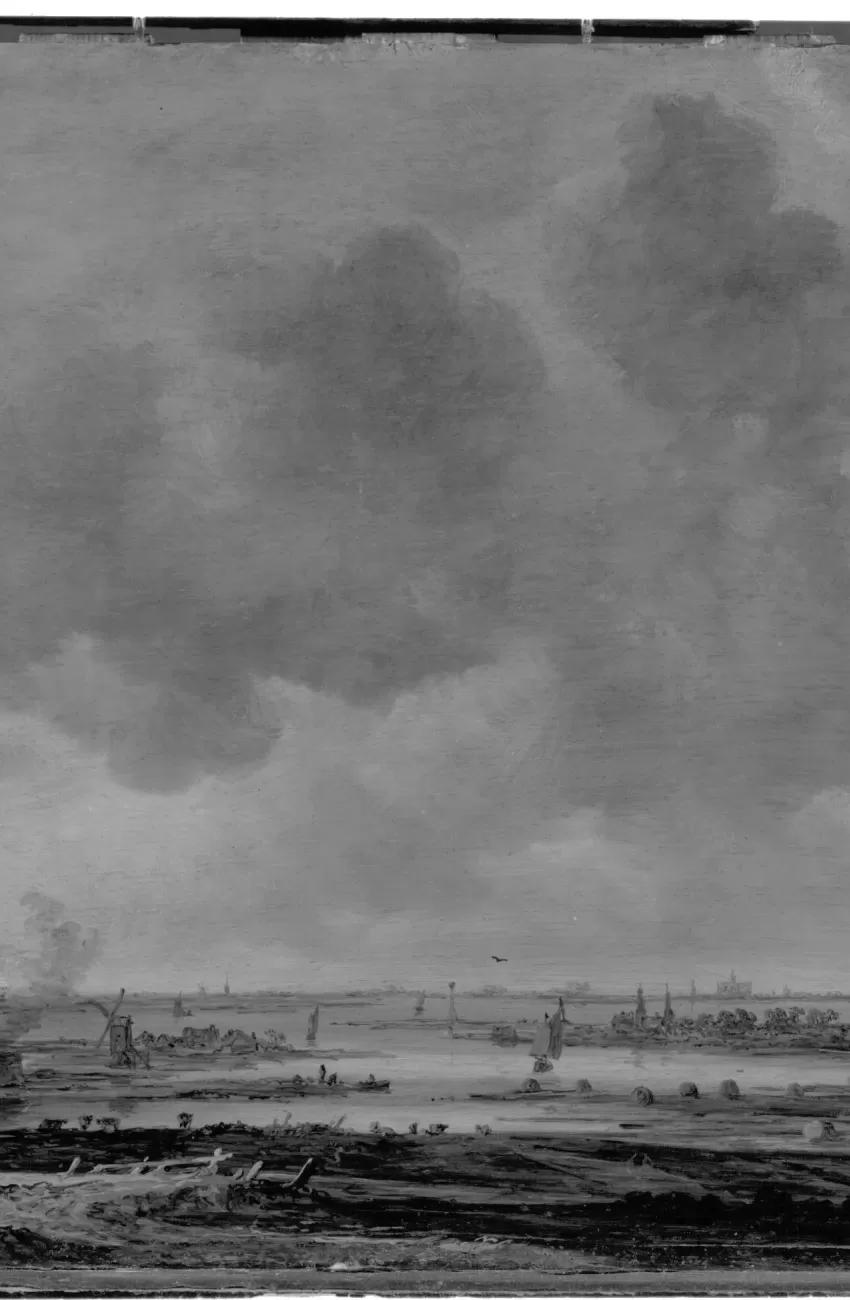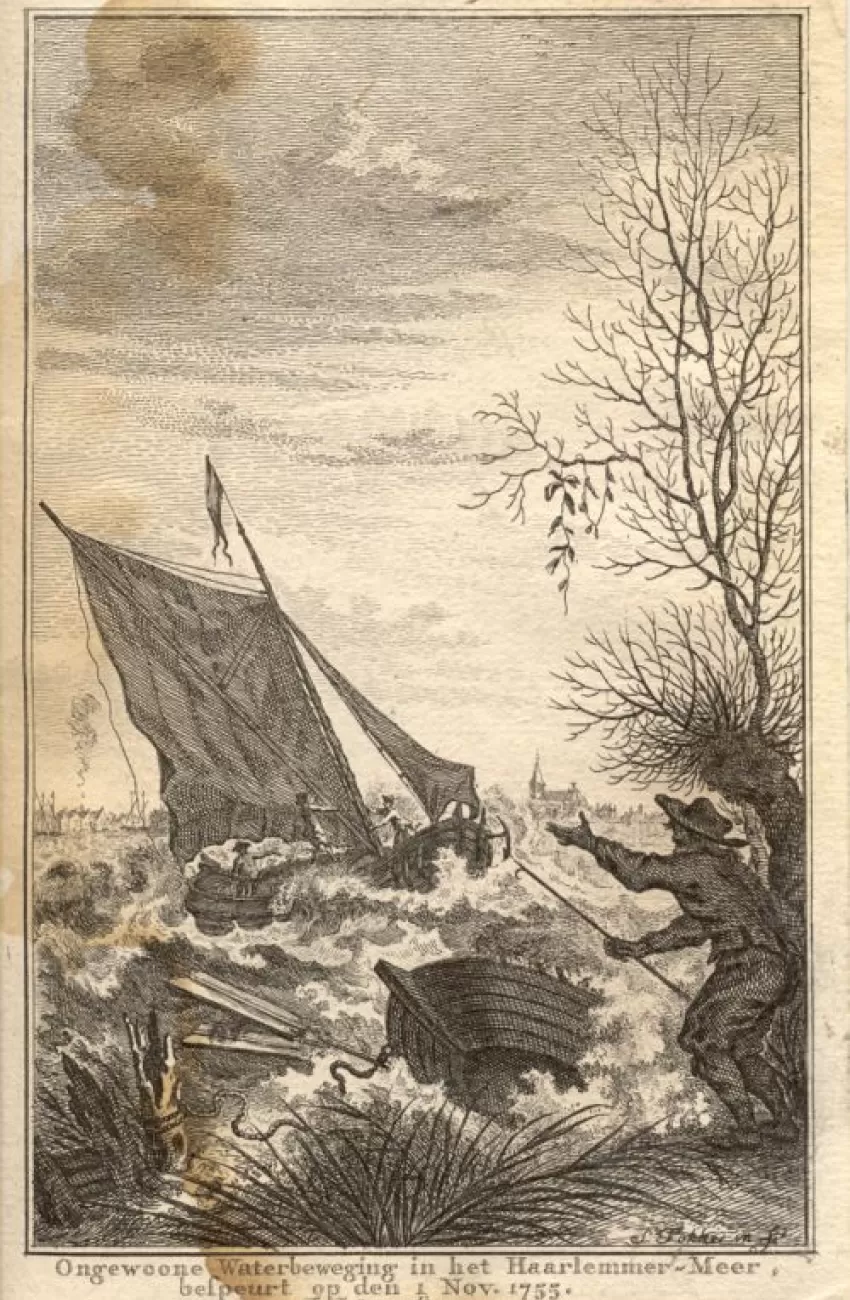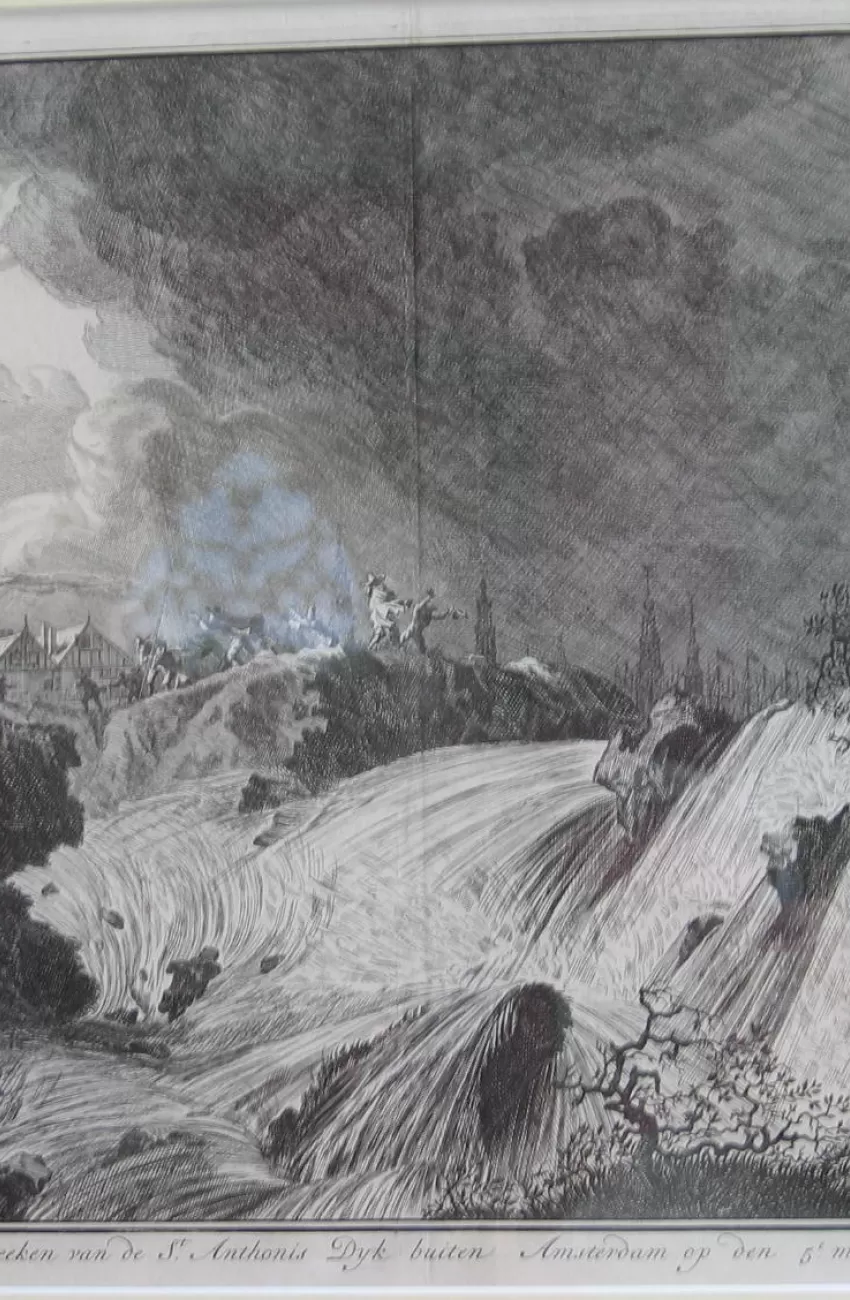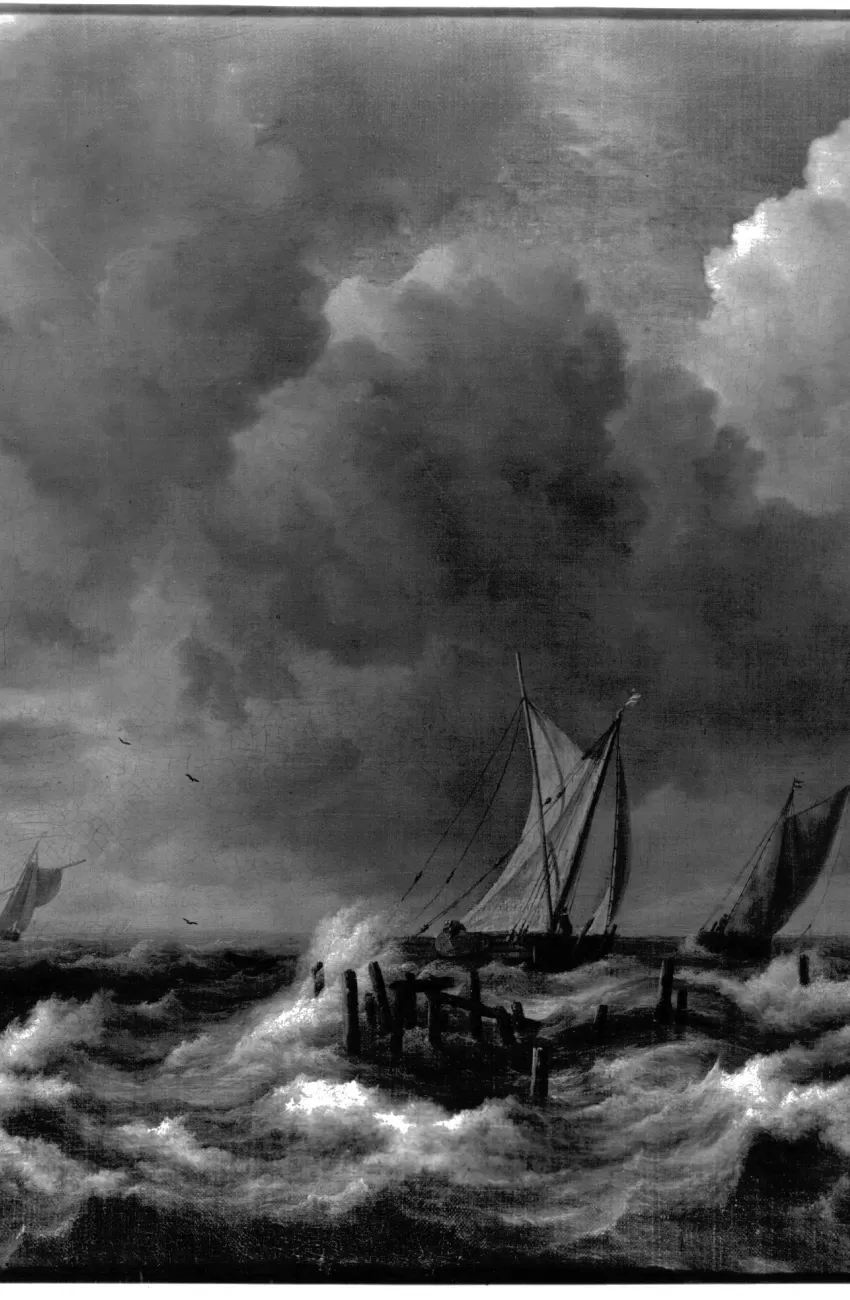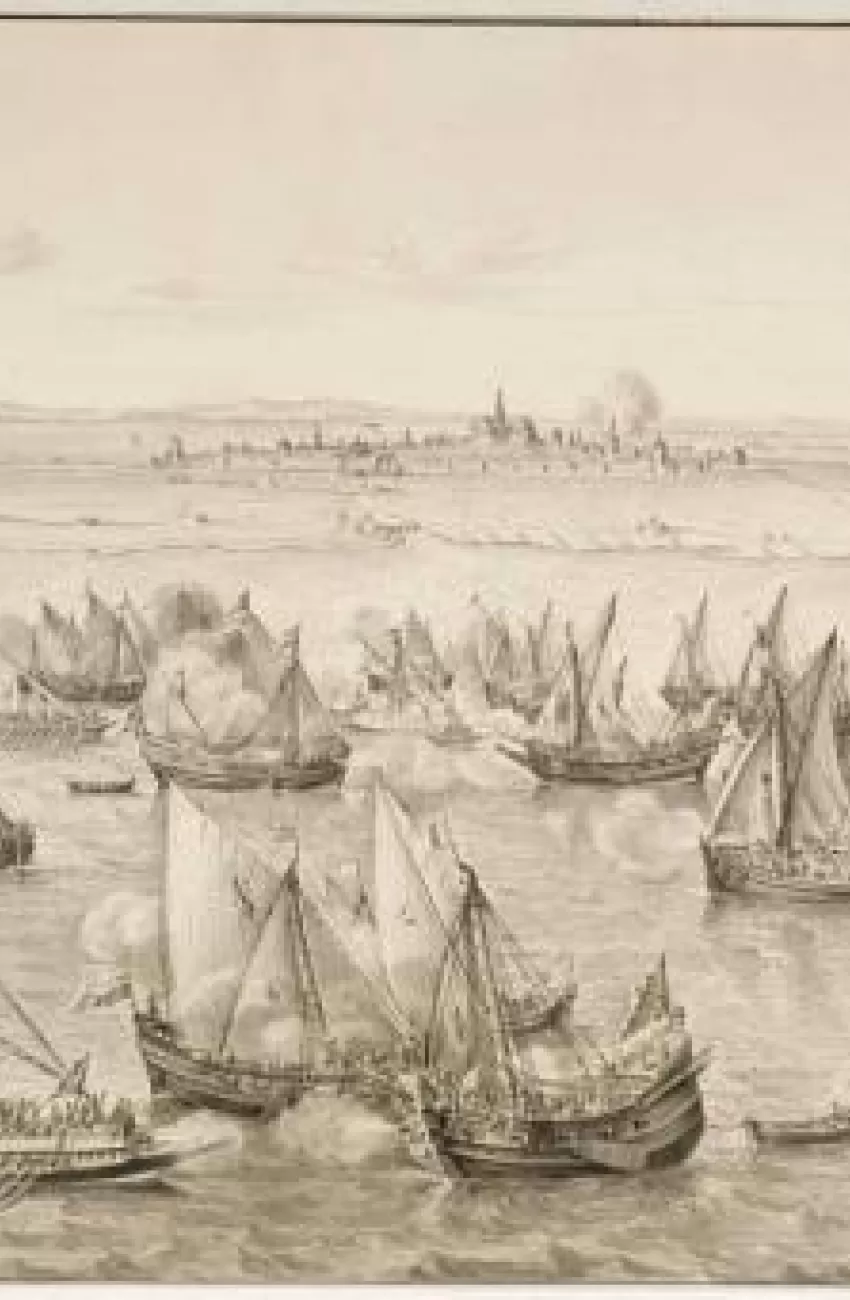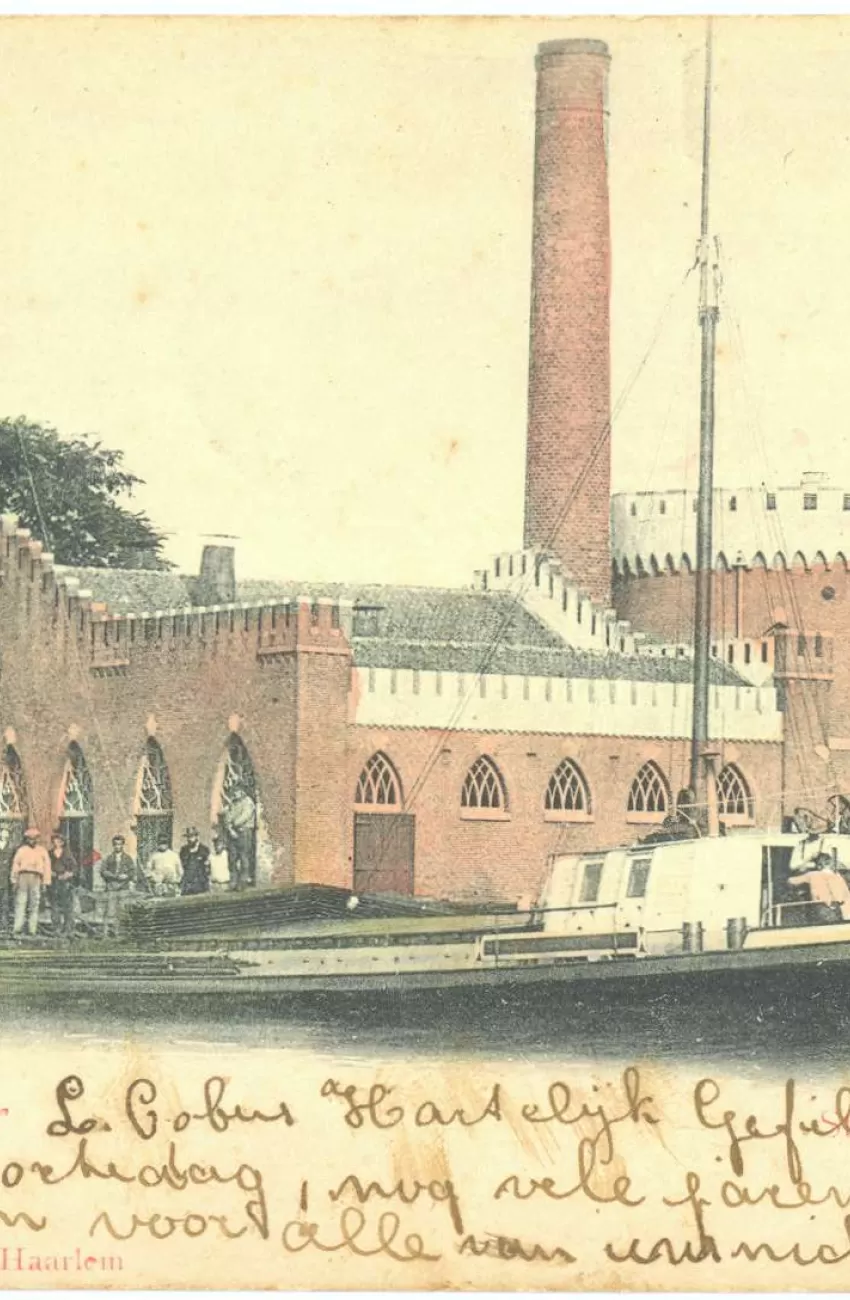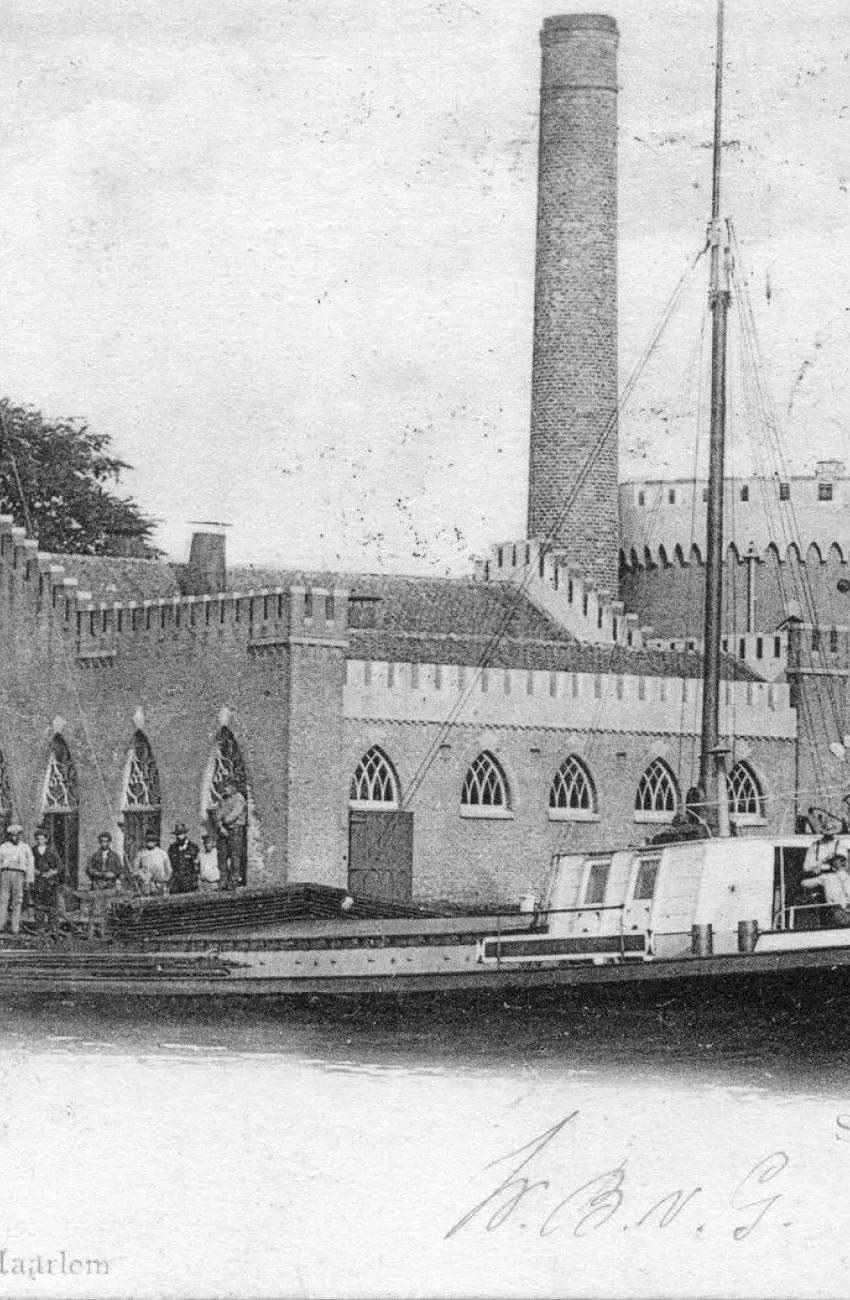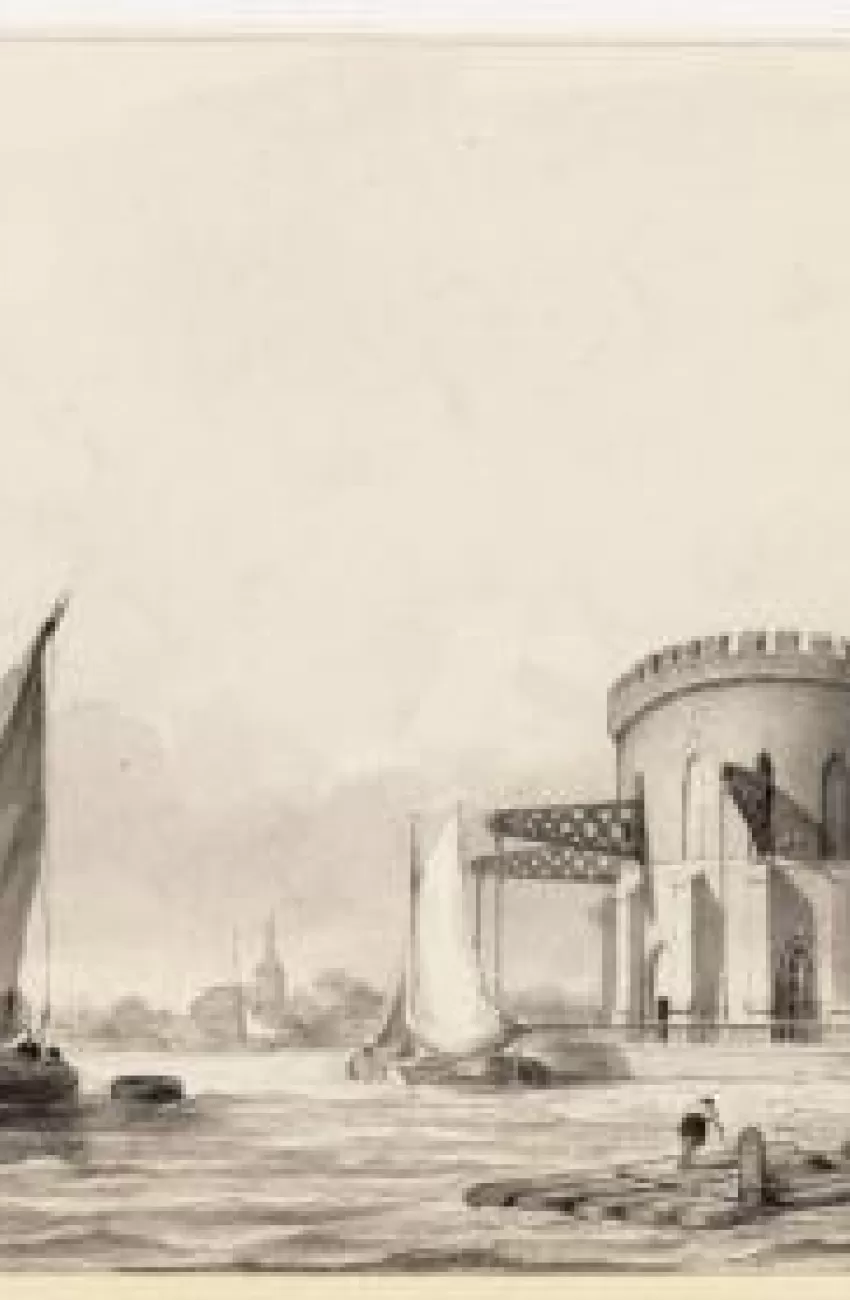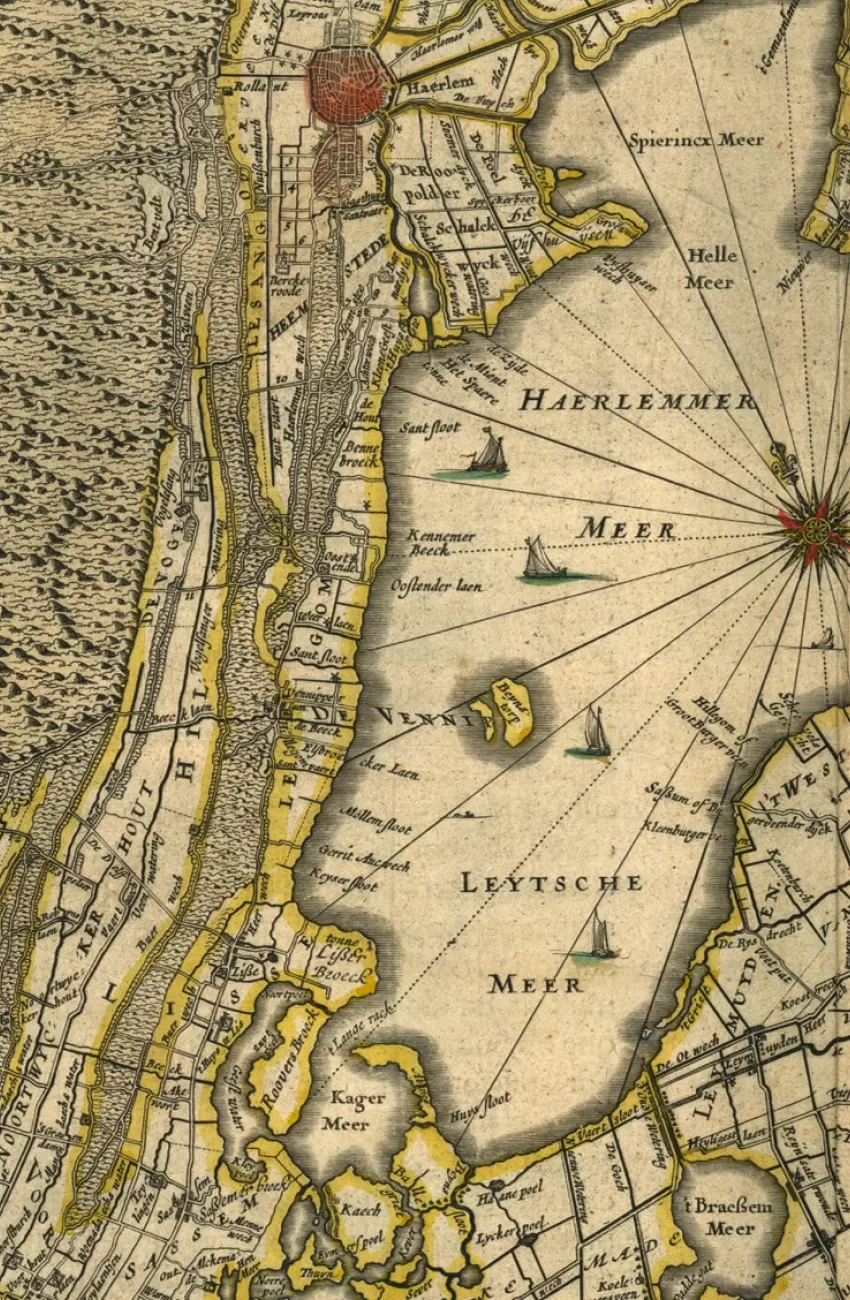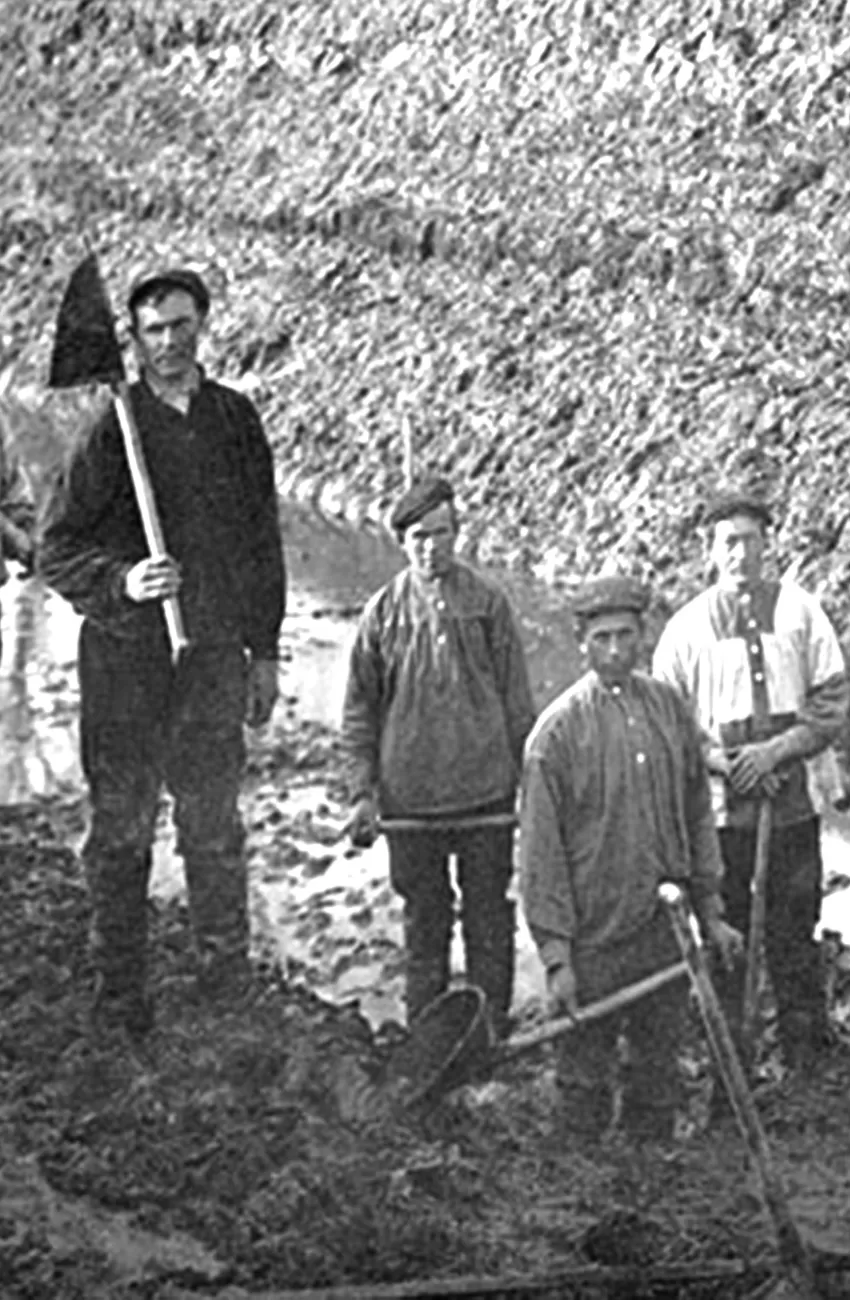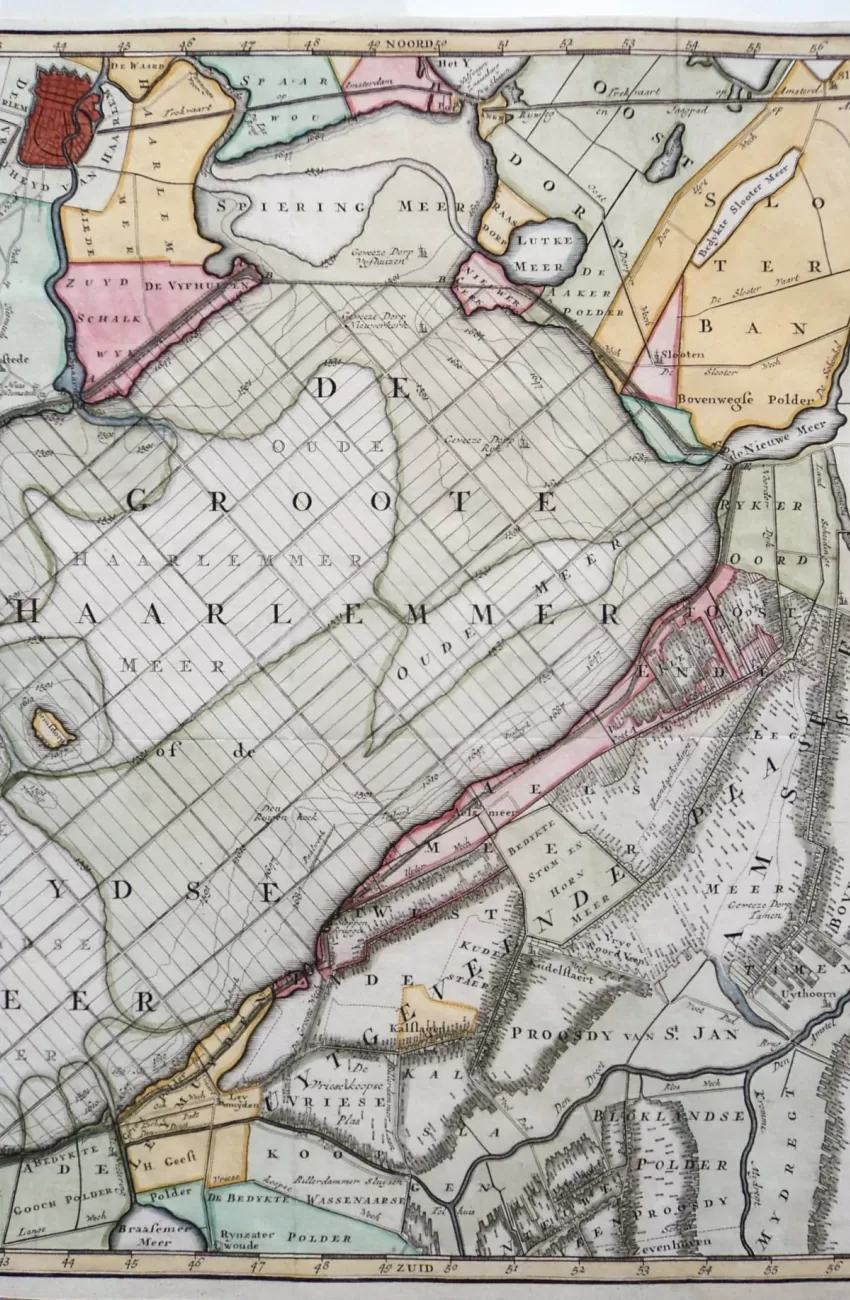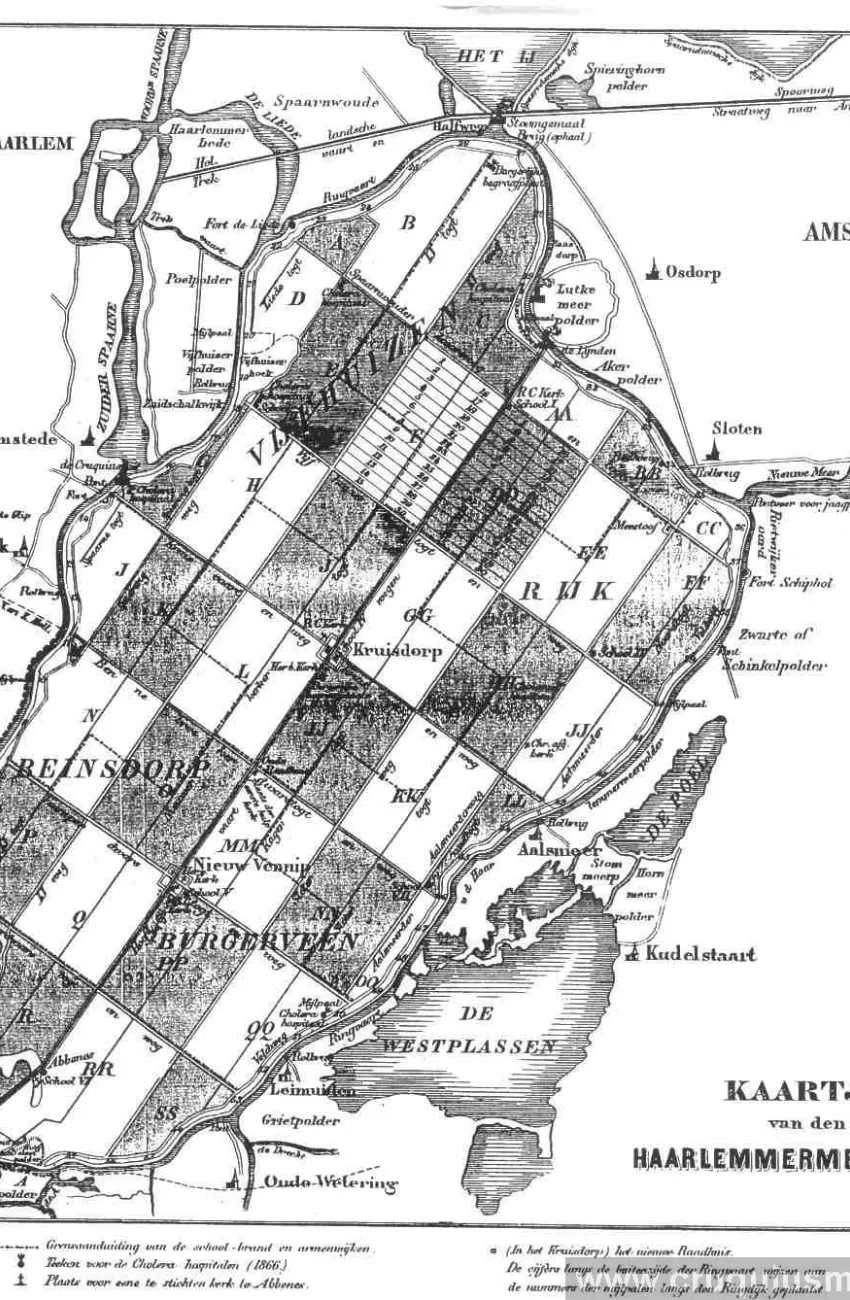The struggle against water
With the draining of the great Haarlemmermeer, 170 years ago, "The Waterwolf" was defeated. Storms over the Haarlemmermeer threatened the cities of Amsterdam, Haarlem, and Leiden and swallowed many villages. The reclamation of Haarlemmermeer through steam power marked the breakthrough of the Industrial Revolution in the Netherlands. 'De Cruquius', put into operation in 1849, drained the Haarlemmermeer in three years and three months, along with two identical steam pumping stations. Both other pumping stations were drastically modernized after 50 years, but the Cruquius remained untouched.
Royal Netherlands Institute of Engineers
The Cruquius was decommissioned in 1932; the Royal Netherlands Institute of Engineers took over the pumping station as a museum and saved it from demolition. The steam boilers were removed and the boiler rooms were arranged with an exhibition about the centuries-old Dutch struggle against water. The museum opened in 1936, making the Cruquius one of the first technical museums in the world.
Demonstration machine
The Cruquius houses the largest steam engine in the world: the diameter of the main cylinder is 3.66 meters! The engine room, unchanged since 1849, is a wonder of Victorian technology. Models of windmills, steam engines, and various pumps, polder models, old maps, and prints in the former boiler houses provide an excellent overview of the fight against water. There is also a water model that shows what the Netherlands would look like without dikes and what damage a storm surge can cause. No visit is complete without a full demonstration of the largest steam engine in the world! See for yourself how this enormous machine has drained the lake.


